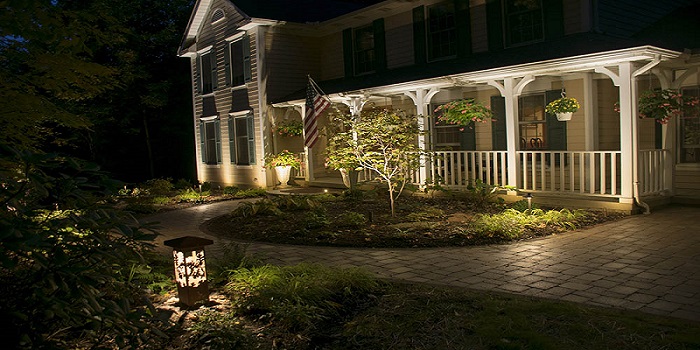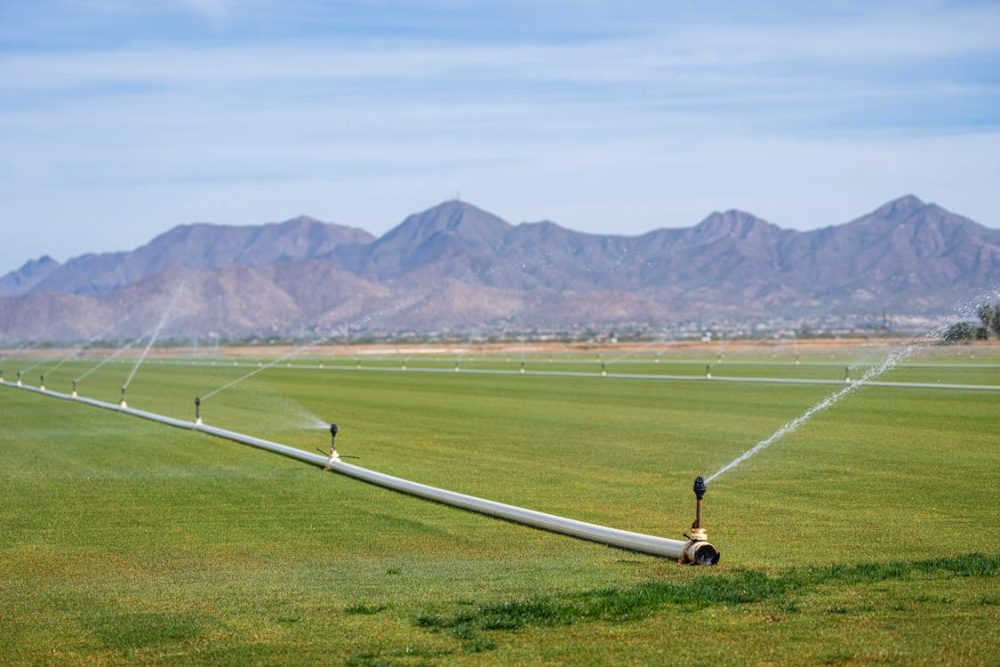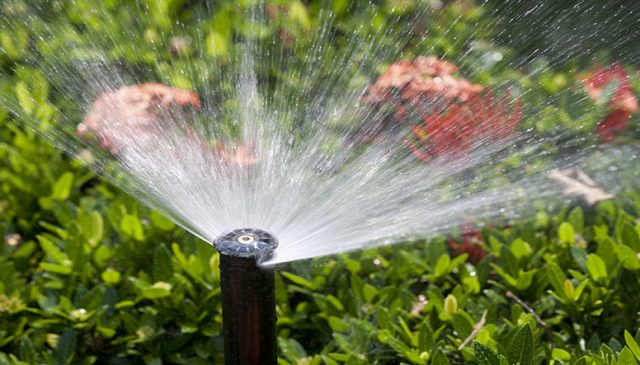Landscape lighting is a real art that has been brought to the ideal in some countries, and in other countries has become part of the culture. That is why there is a special category of people in landscape design that deals with lighting.
Before daylight, everyone is equal. This is because it illuminates all objects in the garden in the same way, which makes the garden every day. However, with the onset of darkness, the right lighting will help to highlight certain areas of the garden and make it festive and original. At the same time, to organize the correct landscape lighting, it is necessary to create a plan for the garden plot.

Creating A Garden Plan
A garden plan is very easy to draw up. It needs to include all trees and plantings on the site at a convenient scale. This will help the gardener plan future plantings and allow you to realistically imagine the situation on the site, being away from it. It is also worth considering that all the wiring to the lighting fixtures in the garden will be underground. A plot plan with wiring markings will help avoid many difficulties and troubles associated with damage to the cable during work. The plan will also be useful in planning the landscape lighting itself as it will give a real picture of the consumption of materials and the exact placement of devices.
When organizing landscape lighting, it becomes necessary to work with electricity. All precautions should be taken into account here, and the wiring itself must be placed in a special corrugated hose, which will avoid external influences on the wires. It is advisable to use the services of a professional electrician when organizing lighting, who will do all the work not only efficiently but also safely.
The landscape lighting can be divided into three groups: decorative, basic and additional.
Main Lighting
The main lighting is intended so that in the dark, the site owner can easily get to the place he needs. Therefore, it is installed in the places of the most intensive routes and the most important places. They are usually garden paths, stairs, house porches, resting places, gazebos and water features. These lamps should be the brightest. Their light should ensure safe movement in the garden at night.
Additional Lighting
Additional lighting is installed in places that are rarely used. These can be outbuildings, small paths, distant resting places, or the back of a house. It should be borne in mind that after the installation of the main and auxiliary lighting, there should not be a single dark area in the garden. Instead, all paths should be clearly visible and buildings well lit.
Decorative Lighting
Decorative lighting is performed separately from the main and auxiliary lighting. However, it can combine both other lightings. There are many ways to carry out decorative lighting. This usually depends on the style in which the garden itself is made. For example, in the European style, the lighting is done in one way and in the Japanese style in another. However, there are certain rules, following which any style will look just great.
Find the most beautiful parts of the garden. They can be a beautiful tree, a large bush, a path lined with flowers on both sides, etc. It is these elements of the garden that need to be highlighted. In this case, it is necessary to consider the fact that the light creates a shadow that should not fall on the selected object, and some bushes look better when illuminated from below than from the side. The correct option would be to initially use a portable spotlight that can be brought up to the selected object from different sides for best results. Colour filters are best placed on top while also determining the specific colour and angle of incidence by selection. There is a huge selection of landscape lighting equipment in modern stores that will allow you to experiment and make any idea come true.
Small Tips
- When organizing main or auxiliary lighting, you can use floodlights with a motion sensor to save money.
- It is best to divide the garden into lighting groups, on which you put your own switches.
- Lighting lamps must be fitted with sealed shades to prevent moisture ingress.
- Lighting paths is best done uniformly, without directing the light in a specific direction, so it does not dazzle.
- In greenhouses, it is better to install ordinary incandescent lamps since they generate heat and, if necessary, can maintain the temperature there.
- It is better to direct the light on the entrance gate directly in front of the door so that it illuminates the visitor’s face well, blinding him slightly.
With this information in hand, you can surely kick-start your landscape lighting project. And if you need some assistance, contact expert landscapers from team Done Right. Done Right is a specialized company known for installing and maintaining landscape lighting all around Florida. You can contact us with a single click, and we’ll happily serve you!





